Brian Riebe once believed owning an electric vehicle (EV) was a pipe dream.
Now, he’s driving his Tesla Model Y on cross-country trips while sharing his experience along the way to show the average person it’s a real possibility for them, too.

As recently as four years ago, Riebe — a 45-year-old freelance video editor, husband, father and Dakota Electric Association member — held some of the same misconceptions about EVs that he now debunks in videos regularly posted to his YouTube channel, Brian Riebe Drives Electric.
It was a chance catch-up with a high school friend in 2018 that opened his eyes to the new reality.
“He was driving a Tesla Model 3 and I thought, ‘Wait, how can someone my age afford something like this?'” Riebe said. “The reality of it, I learned, is that electric vehicles weren’t unattainable. Seeing a friend with one, and him letting me drive it, made me realize this is a real option for people.”
Finding a niche
Riebe has always been a road trip fan.
Throughout their 20s, he and his brothers would take road trips all around the country in traditional gas cars. So when he purchased his first all-electric EV, a used 2015 Tesla Model S, he knew it needed to be held to the same standards as his previous vehicles that made long treks.
Originally, Riebe thought he would simply drive his new car and not share about it, but that changed when he planned his first all-EV road trip to Colorado Springs.
Tesla drivers “fuel up” at Superchargers — a network of 30,000 fast-charging stations across the globe — and Riebe noticed a lack of online reviews of those charging locations in the Midwest. It was then he put his video editor hat on.
“There wasn’t [online content discussing stations] across Minnesota, into the Dakotas or Wyoming, but I knew there are chargers there. I thought, ‘I’ve got the equipment, I’ll just do review videos.’ I wanted to share the EV experience with Midwesterners as we’d largely been left out of the conversation. Some people think nobody drives EVs here.”
Brian Riebe
These efforts snowballed into a channel that now boasts 1,300 subscribers with his videos receiving thousands of views. Beyond just charger review videos, Riebe also produces content such as EV model reviews, case studies on EV performance in Minnesota’s climate and, of course, road trip recaps.
‘Snow to Sea’
Riebe’s passion for road trips extended to his own family, with his wife and daughter both on board to take in the country’s sights via car.
The family upgraded from their Tesla Model S to a Model Y in March 2021 and then promptly drove it on a trip to the Wisconsin Dells. A couple months later, they took it on a 4,700-mile mountain adventure through Montana, Wyoming and Colorado where they stopped in several national parks along the way.
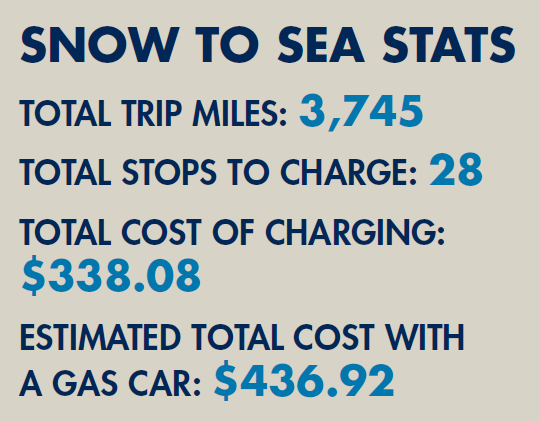
Their most recent vacation was a 3,700-mile roundtrip drive in February from the family’s home in Burnsville, Minnesota, to Florida — a trip Riebe aptly titled “Snow to Sea” for the series of videos he filmed, edited and uploaded to his YouTube channel.
The family had previously taken a similar trip in 2020 and, even compared to then, the drive in 2022 was “easier, safer and more comfortable.”
“It was easier from an EV standpoint because there were more chargers to choose from than even two years ago,” Riebe said. “You can better tailor your stops instead of needing to stop at the first available charging location.”
It was more cost-effective, too, compared to a traditional gas vehicle. The average cost to charge up the Model Y on this trip? $11.66.
Riebe said they didn’t encounter any EV-related roadblocks on this trek either.
“It went smoothly. The thing that struck me most was how easy it was and how many more EVs I saw on the road,” Riebe said. “We were seeing so many brands of EVs because the charging network has gotten better and there are more models available.”
Everyday electric
While road trips are fun excursions away from reality, most of the driving Riebe does is in his everyday life: commuting, grocery shopping, pick-ups and drop-offs for his daughter. Part of his education efforts focuses on the ways in which EVs can fit into people’s day-to-day life, too.
“There’s a perception that EV drivers need to charge up from 0 to 100% every night and that’s not true,” Riebe said. “Most of the time I travel 30-40 miles in a day and that’s taken me from 80% battery down to 70%. That night, all I need back is that little amount and I have all night to do it. So much charging is actually done at home.”
After deciding to go all-electric — and realizing himself how much home charging would play a role — Riebe called up his electric cooperative, Dakota Electric Association, to inquire about any available EV-related programs.

“Everyone I talked to was very helpful and talked me through the process. They had a list of local contractors who could do the electrical work of installing an at-home charger at an incredibly reasonable rate, and we received a $500 rebate from the co-op as well,” Riebe said.
He also needed to choose between the two charging programs the cooperative offers: time-of-use (EV owners can charge any time of day; a special meter is installed that allows the rate to fluctuate based on the time of day) and off-peak (only available from 11 p.m. to 7 a.m.). Due to their hectic family life where they might need to leave home quickly at any given time, Riebe chose time-of-use.
“We have a daytime rate, an evening high-peak rate and then an overnight rate that’s our off-peak time and also the weekend rate,” Riebe said. “Most of the time it’s very cheap to charge.”
Making the leap
Riebe understands the hesitation many have in making the leap from gas to electric — he squarely fit in that camp himself a mere few years ago.
“Making any change in any walk of life, even if it’s for the better, is tough. There needs to be some degree of understanding from people who have already made the switch.”
Brian Riebe
He believes following an approach of education, sharing firsthand experiences and getting people behind the wheel of an EV is what will make more people open to driving electric.
“If you own an EV, go to events and share your experience — even if you just commute back and forth every day. That’s important for people to hear,” Riebe said.
He suggests people hesitant to convert to an EV look into groups like Minnesota EV Owners and research local EV events.
“Even if you’re not ready to purchase for another two years,” he said, “do some test drives, talk to people, understand what the shift is and get comfortable with the idea so when your next purchase comes up, you already know what you want.”
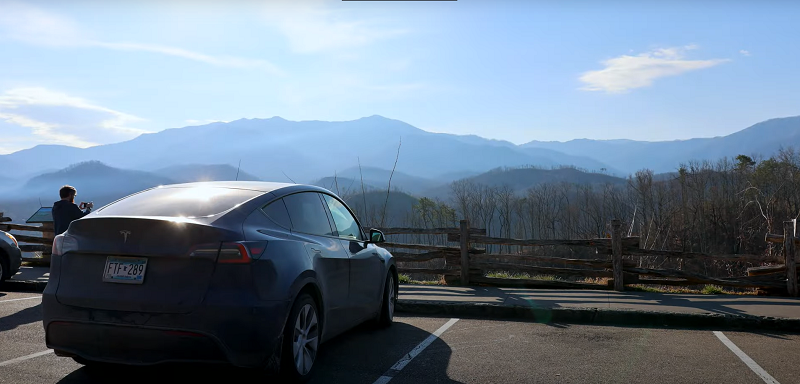
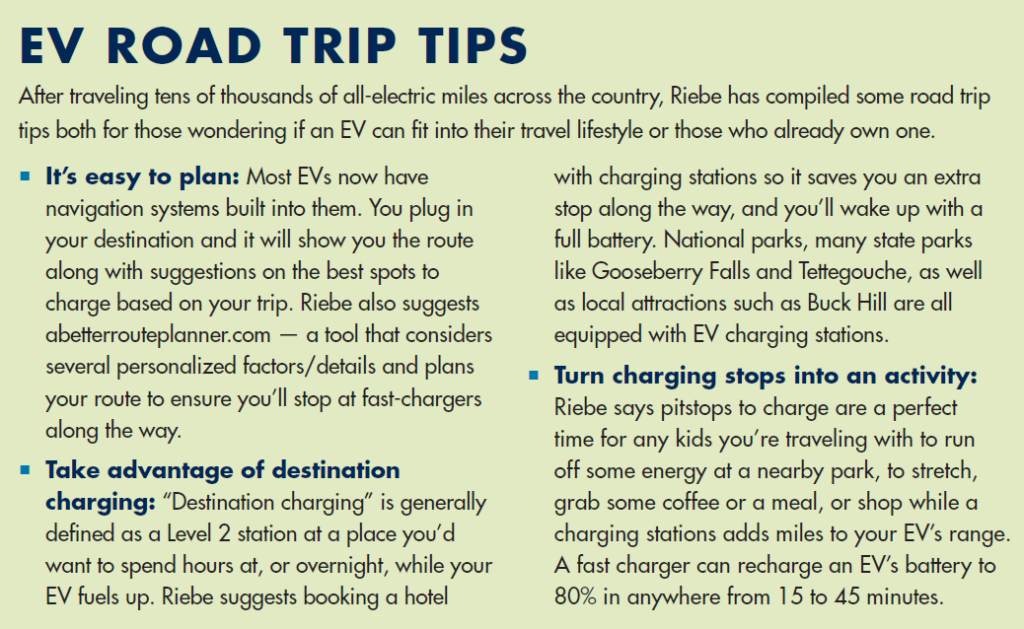
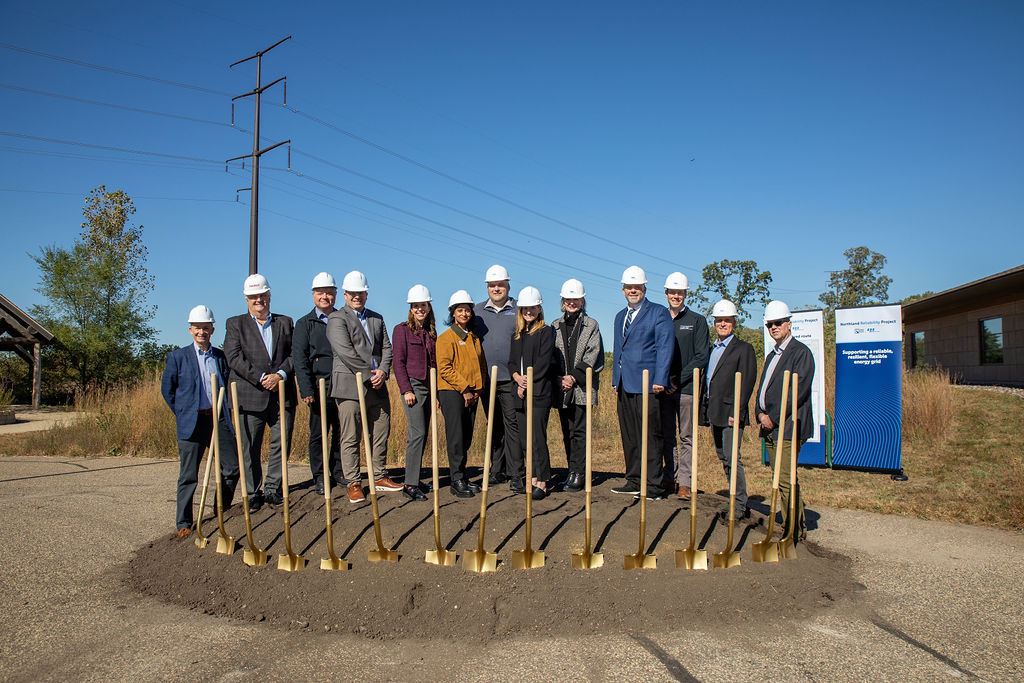 " data-object-fit="cover">
" data-object-fit="cover">
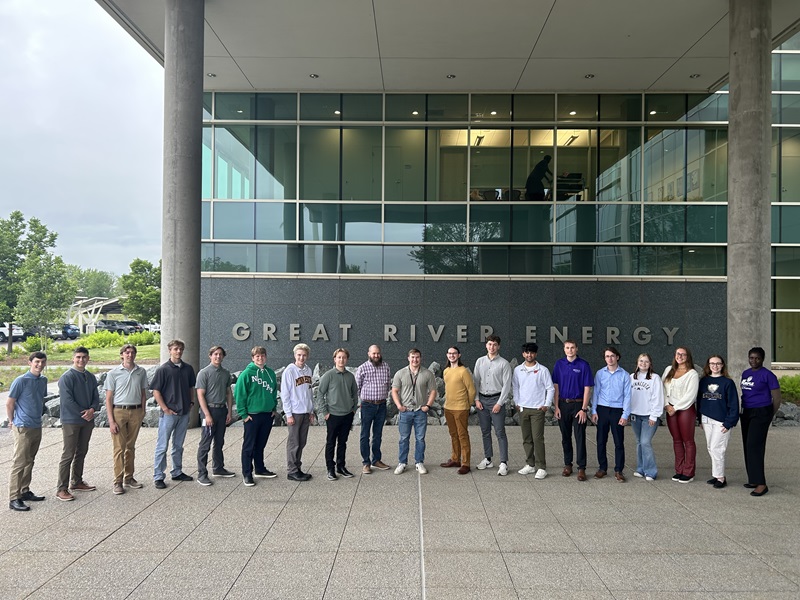 " data-object-fit="cover">
" data-object-fit="cover">